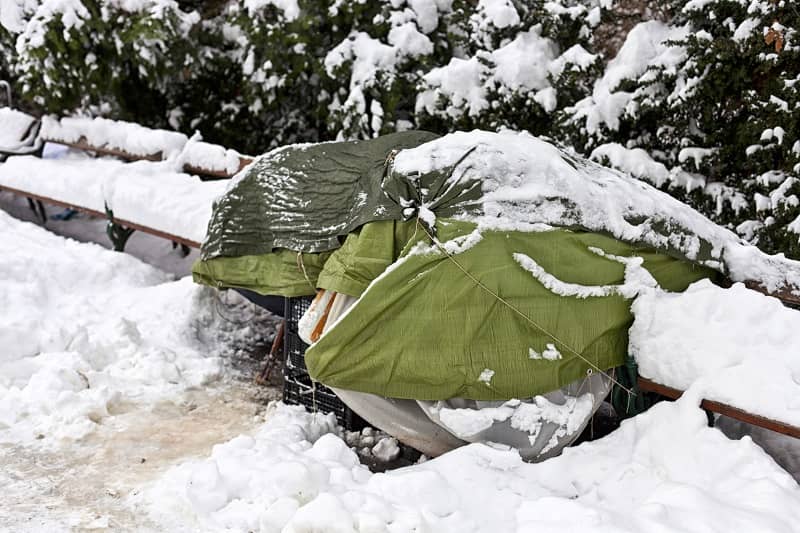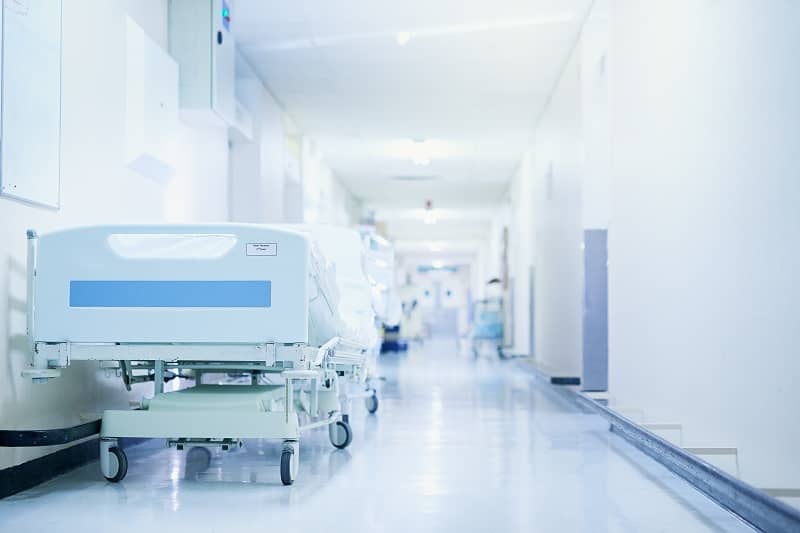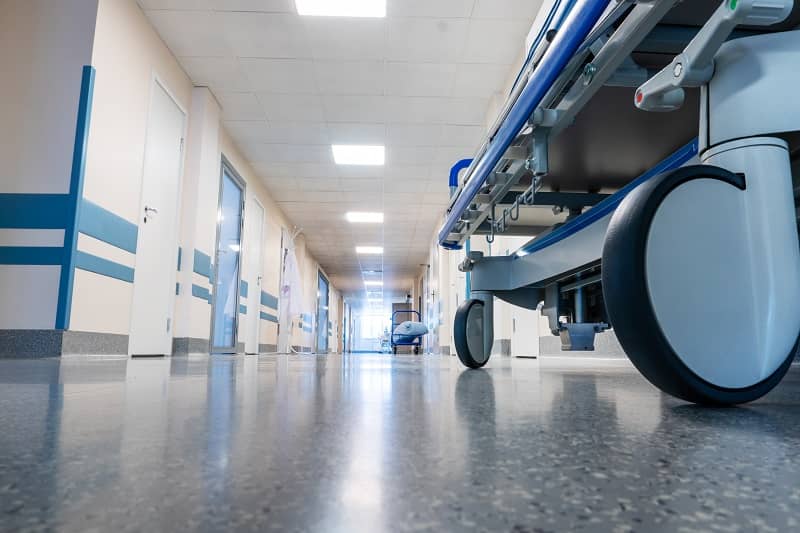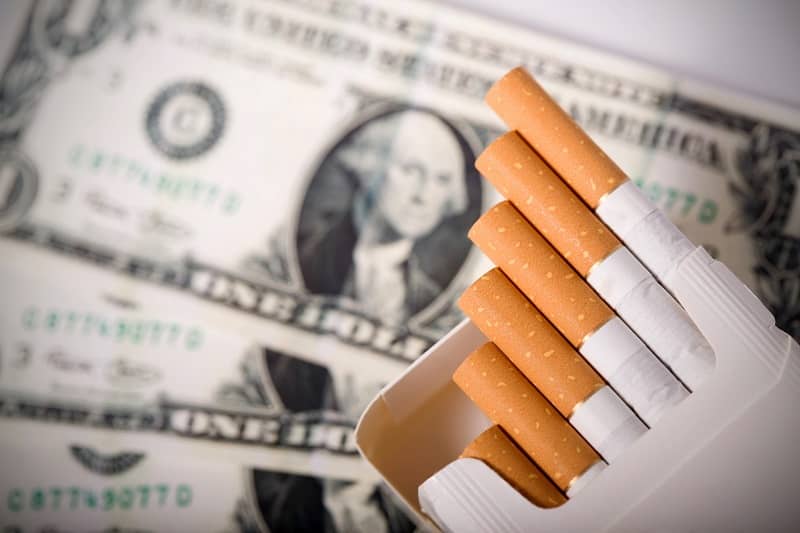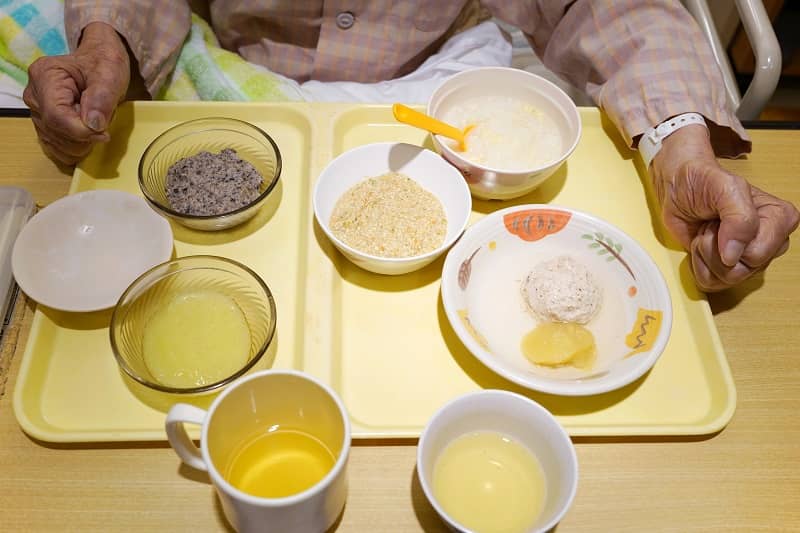By Sally C. Pipes
Young people appear to have abandoned President Obama less than two years after sending him back to the White House. Only 41 percent of Americans 18 to 29 approve of his job performance, according to a recent poll from Harvard’s Institute of Politics.
Even more—56 percent—disapprove of ObamaCare, his chief domestic policy achievement. Many of these “young invincibles”—folks between the ages of 18 and 34―are expressing their disapproval by refusing to enroll in the law’s health insurance exchanges. If this trend keeps up, the exchanges could collapse.
The Congressional Budget Office (CBO) estimates that 40 percent of enrollees must be young and healthy for the exchanges’ finances to work. Here’s the logic behind that conclusion. Young people, while not quite invincible, are far less likely to get sick—and thus to use their coverage. So many will pay premiums without claiming much in benefits in return. Those premiums are supposed to go toward subsidizing the cost of coverage for older, sicker adults.
It doesn’t look like exchange enrollment will meet the administration’s target. Colorado just reported that a scant 7 percent of its exchange enrollees are between 18 and 24. More than four times as many are between the ages of 55 and 64. Sixteen percent are between 25 and 34.
Despite Cover Oregon’s $21-million, youth-friendly marketing campaign, Oregon is tied with West Virginia for last place in young sign-ups. As of March, Oregon remains the only state with an exchange in which people can’t self-enroll online in one sitting, and the manual application backup process may further discourage young adult enrollment.
Nationwide, as of late February, about 27 percent of the four million people who have signed up for coverage through the marketplaces are young adults. That’s only a slight improvement over January, when 24 percent of enrollees were young.
At the outset, the Obama Administration estimated that 1.6 million of enrollees in February would be young people. Their guess was a bit off—just over 800,000 had signed up by the beginning of the month. According to the New York Times, the Obama Administration hasn’t been able to translate the “get-out-the-vote” prowess it displayed in the 2008 and 2012 presidential elections into the health insurance realm. Only 9 percent of those who have purchased policies are aged 18 to 25. The 26 to 34 band accounts for 16 percent of enrollees.
And the situation isn’t likely to improve. A study from NerdWallet, a personal finance website, predicts that young adults who opt for the financial penalty associated with remaining uninsured, which goes into effect on April 1 and amounts to $95 or 1 percent of income this year, could save more than $1,000 compared to someone who buys insurance. That savings even includes the cost of visits to the doctor’s office. If that hypothetical young person has to visit the emergency room, he still could be better off uninsured—$700 better, according to the study.
The enrollment problem may even go beyond the young invincibles. Twenty to 30 percent of people whom the administration counts as having “purchased” insurance via the exchanges have yet to actually make a payment to cover the premium. So they don’t actually have insurance. These folks could be in for a rude awakening if they don’t find out that they’re uncovered until they’re at the doctor’s office or hospital.
The government’s enrollment numbers even demonstrate that the program is failing to accomplish its core goal of providing coverage for the uninsured. According to McKinsey and Co., only 11 percent of the 2.2 million people enrolled through December were previously uninsured.
Nowhere are the failures of the exchanges more apparent than in the Latino community. Nearly one-third of Latinos are uninsured—almost twice the national average. Latinos also skew younger than other ethnic groups. And they were staunch supporters of President Obama in 2012; the president took Hispanics by a 2.6 to one margin. Yet in California, only 20 percent of enrollees are Latino—even though the group accounts for 46 percent of all folks eligible for premium subsidies in the state.
State and federal officials are paying an awful lot for these subpar enrollment numbers. The cost per enrollee ranges from $1,500 in California to nearly $57,000 in Hawaii. The government has invested $205 million in the president’s birthplace to enroll just 3,614 people. Washington, D.C. has signed up just over 5,000 people on its exchange—despite taking in more than $133 million in federal money. Those 5,000 folks put the District 12 percent of the way toward its enrollment goal.
If enrollment continues to skew older and sicker, insurance companies will have to raise premiums. As that happens, fewer people will sign up. Others will drop their coverage. Both outcomes will drive costs for individuals and taxpayers up even further.
The White House has essentially given up on its initial goals of 40 percent young invincibles in a crowd of seven million enrollees by the end of March. Moving the enrollment goalposts may mute some of the political blowback from the exchanges’ failures. But it won’t change the math that underpins the exchanges. That could spell trouble for patients expecting affordable coverage—and taxpayers who may be called upon to shell out more to give it to them.
Sally C. Pipes is President, CEO, and Taube Fellow in Health Care Studies at the Pacific Research Institute in San Francisco. She is a guest contributor for Cascade Policy Institute. A version of this article was originally published by Forbes.

